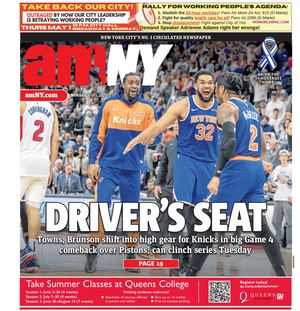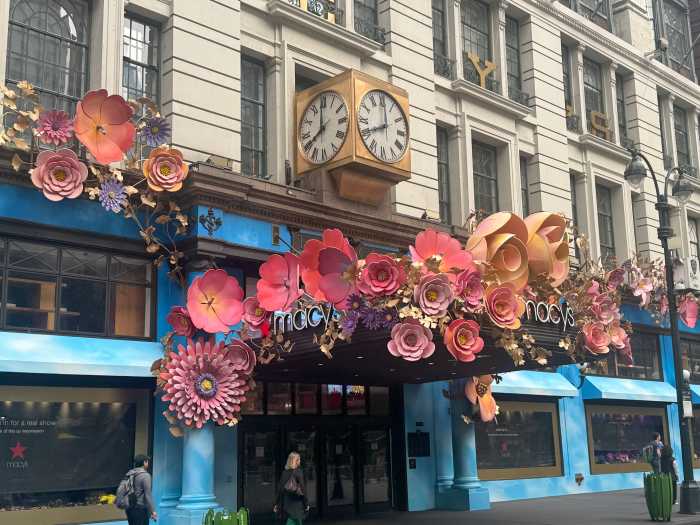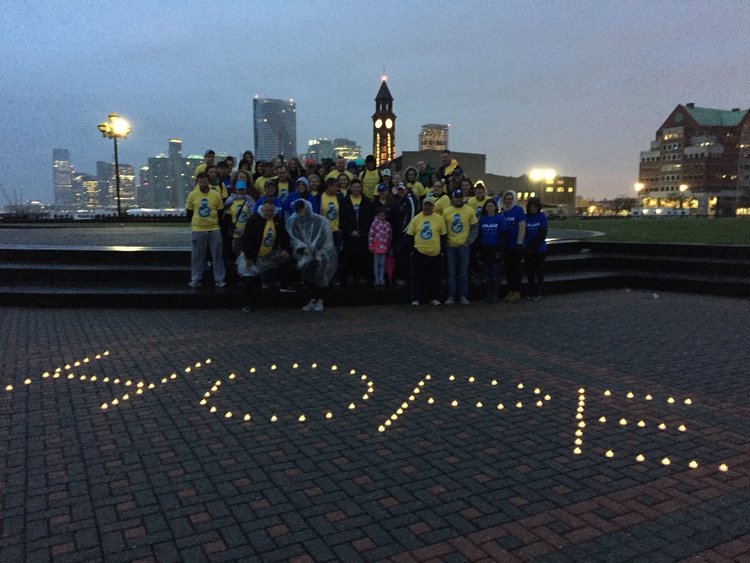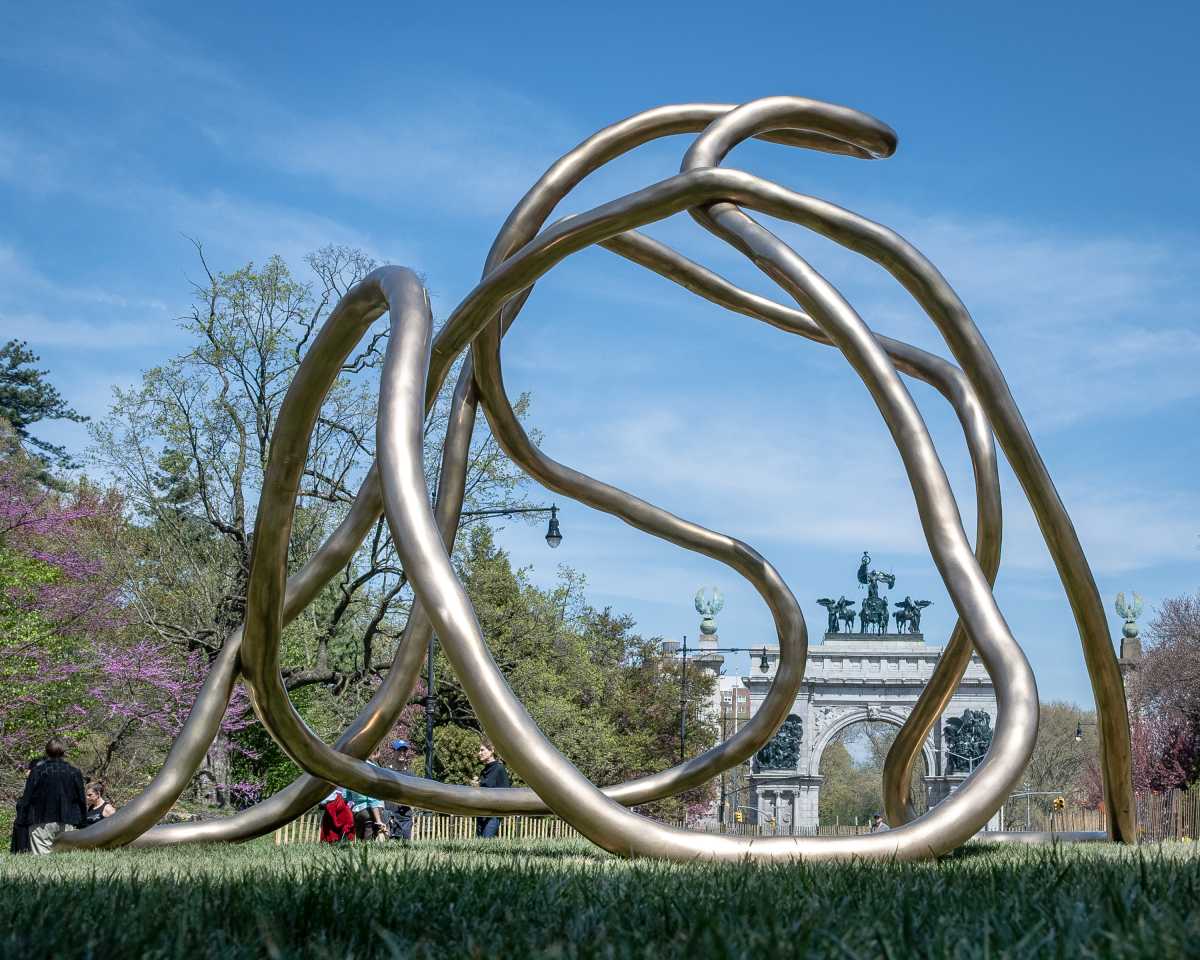
Number 42 is turning 100.
Thursday is the centenary of Jackie Robinson’s birth, and the Museum of the City of New York is celebrating with an exhibit of more than 30 photos of the Brooklyn Dodger, who broke Major League Baseball’s color barrier in 1947.
“These photographs offer an intimate glimpse of a defining period in American sports history,” museum president Whitney Donhauser said.
Most of the photos, by Look magazine photographers Kenneth Eide and Frank Bauman, highlight Robinson at the ballpark: in the dugout, in the locker room and on the field, including a 1949 triptych of his getting hit by a pitch.
From a historical context, however, the most revealing shots are of Robinson at home, both alone and with his family. These are remarkable because they were taken at a time when journalists generally ignored athletes’ private lives. The Dodgers felt they needed to demonstrate more than the fact Robinson could play, as his 1946 stint with the AAA Montreal Royals (.349, 67 RBIs) had proved. They needed to show that he was just like any other — white — big leaguer.
Curator Sean Corcoran told amNewYork that the Dodgers scouted Robinson not just for playing ability, but for “what they perceived as his temperament,” famously having him promise to turn the other cheek against abuse in his first years in the league.
The Look photos show that Robinson was someone fans could get behind.
“Some of these pictures were establishing him as a family man,” Corcoran said, “how relatable he can be.”
One of the best has Robinson on his hands and knees in a tank top, his wife, Rachel, holding their 3-year-old son, Jackie Jr., astride his dad’s back.
Robinson was not content to cede his narrative entirely to the media or to team brass, though, writing three autobiographical articles for Look in early 1955. He even announced his retirement in a January 1957 piece for the magazine. All four articles are on display at the museum.
“You definitely feel that he was conscious of the weight of what he was doing,” co-curator Susan Gail Johnson said. “He knew, and you can see it in the magazines.”
That awareness — on and off the field — is evident throughout the exhibit, but perhaps nowhere more so than in a 1949 photo of Robinson staring out to left, bat on his shoulder, moments after completing his swing. The catcher and the ump gaze up at the same spot. And it’s clear that none of them has any doubt about what they are witnessing.
































